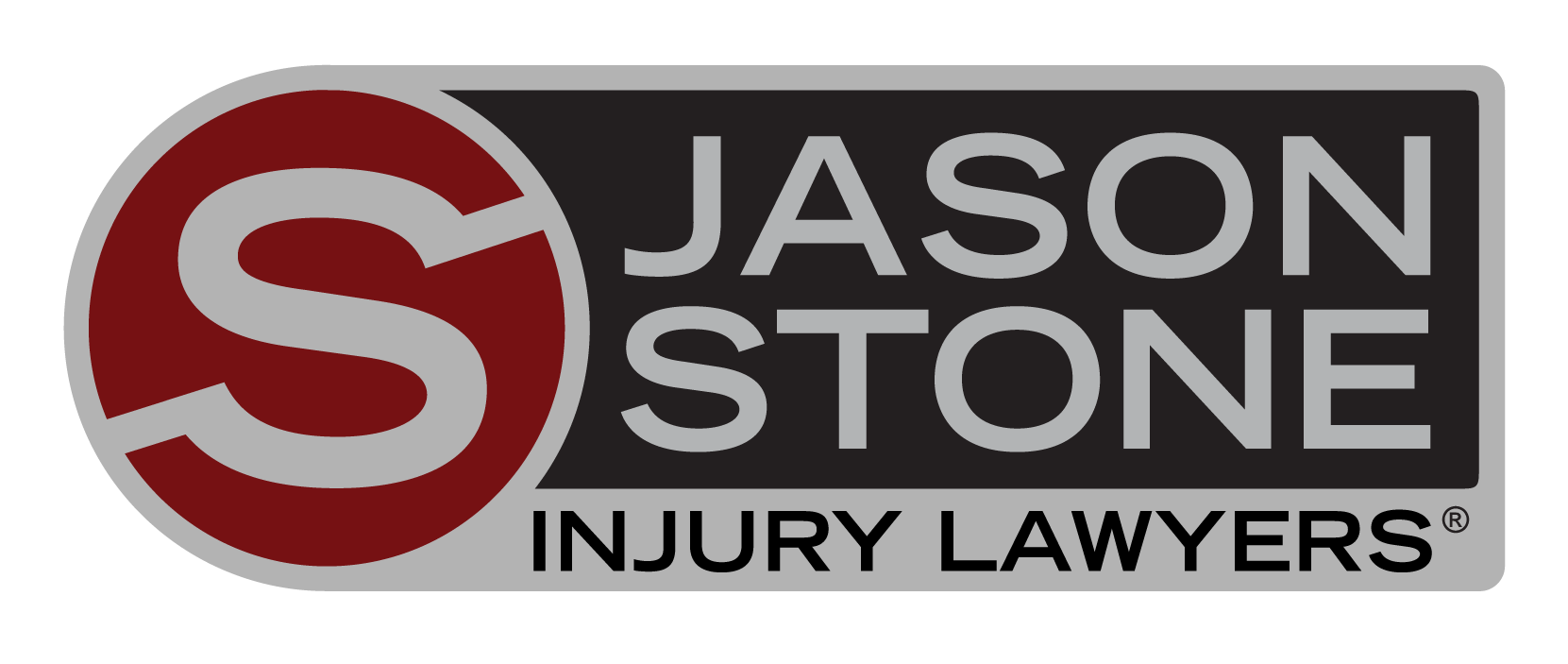Camp Lejeune is a military base located in North Carolina for Marine Corps members serving their country and their families. Unfortunately, the base did not reciprocate by protecting the safety of those who lived there for decades. Two water treatment plants providing base occupants with water contained contaminants associated with life-threatening illnesses.
If you or your family members have one of the diseases linked to water exposure at Lejeune, and you were stationed at the base from the 1950s to 1985, you may be eligible for compensation.
The Water Contamination Issue
Those who lived on the Camp Lejeune base until 1985 received their water from eight water treatment plants. In 1982, the Corps hired a lab to test the base’s water. The lab found high levels of toxins, with two plants far exceeding acceptable levels set by the Environmental Protection Agency. In those days, the military and other industries dumped hazardous wastes into stormwater drains or buried them underground without regard to environmental or human health protections. As such, many toxins made their way into the drinking water supplies.
Volatile Organic Compounds
Volatile organic compounds are chemicals released as gases from many industrial-level liquids and solids, such as dry-cleaning agents and petroleum fluids. VOCs dissolve readily into water. Testing results at Camp Lejeune found high VOC levels at the two following water treatment plants:
- Tarawa Terrace: The primary contaminants at Tarawa Terrace were perchloroethylene and tetrachloroethylene. The source of this VOC was the ABC dry cleaners located off-base. The business disposed of its wastewater in storm drains for years.
- Hadnot Point: The water at this plant contained toxic levels of tetrachloroethylene, degraded tetrachloroethylene compounds, perchloroethylene, benzene and vinyl chloride. The contaminants came from multiple sources, including waste disposal sites, leaking underground storage tanks and industrial spills.
In 1985, the Marine Corps shut down the most contaminated wells supplying Tarawa Terrace and Hadnot Point with water. Still, for up to a million base occupants and nearby residents, the damage was done.
Health Impacts
High exposure to VOCs may have detrimental and life-threatening health impacts. Not everyone has the same outcomes. Your health impacts depend on several factors, including:
- Exposure duration
- Exposure level
- Your age at exposure
- Your genetic traits
- Your lifestyle habits
Two individuals exposed to VOCs in Camp Lejeune drinking water at the same time and for the same duration can have very different outcomes. Some may never experience health issues from their exposure.
However, research has found connections between the compounds found in the Camp Lejeune water and specific adverse health effects. Studies found sufficient evidence of causation or probable causation for the following:
- Tetrachloroethylene: cardiac defects, kidney cancer, non-Hodgkin lymphoma, leukemia, liver cancer, Parkinson’s disease, end-stage renal disease, multiple myeloma and scleroderma
- Perchloroethylene: bladder cancer, non-Hodgkin lymphoma and end-stage renal disease
- Benzene: non-Hodgkin lymphoma, leukemias and multiple myeloma
- Vinyl chloride: liver cancer
Other health impacts are possible but don’t yet have multiple sources of evidence supporting the link between the condition and exposure to Camp Lejeune water. However, if you or a family member suffer from serious medical concerns or experience fertility issues, miscarriages or neurobehavioral issues, you may want to discuss your case with a personal injury lawyer.
Federal Government Disability Benefits
The first federal government attempt to compensate victims was an Obama administration measure agreeing to dedicate $2 billion to U.S. Department of Veterans Affairs disability benefits. The benefits cover medical expenses and provide disability payments.
Military members stationed at Camp Lejeune between August 1953 and December 31, 1987, and their family members are eligible for benefits if they have a diagnosis for at least one of the presumptive and associated diseases.
The Camp Lejeune Justice Act of 2022
On August 10, 2022, President Biden signed the Camp Lejeune Justice Act into law. Before the new law, those seeking to hold the government accountable for their losses were denied due to North Carolina’s statute of limitations.
State law prevents any personal injury lawsuit after 10 years pass from the last date of exposure to the harm. The last exposure for Camp Lejeune victims is December 31, 1985. Unfortunately, those exposed and their offspring might have received a diagnosis more than 10 years after exposure. The Centers for Disease Control estimates that up to a million Marine Corps members, civilian staff and family members could have been exposed to Camp Lejeune’s contaminated water between 1953 and 1985.
What Does This New Law Mean?
The new law provides victims the opportunity to seek compensation using legal measures. Now, you can file a lawsuit to recover damages for your losses. The CLJA prohibits the U.S. government from claiming immunity to liability determinations and settlement payouts.
Filing a lawsuit allows the possibility of collecting compensation that more accurately reflects your losses. You may receive damages that include:
- Medical expenses
- Loss of earning capacity
- Loss of relationships
- Loss of quality of life
- Emotional and physical pain and suffering
The new law prohibits claimants from filing for punitive damages. It also prevents you from filing any other lawsuit against the U.S. government for the same harm.
Who Can File?
If you were exposed to contaminated water at Camp Lejeune for at least 30 days between August 1, 1953, and December 31, 1985, you might be eligible to file a claim. It applies to service members, civilians and their families. Notably, the law also includes fetal exposure. If you lost a loved one from an illness caused by contaminated water exposure at Camp Lejeune, you might be able to file a wrongful death claim.
The burden of proof rests with you. The CLJA requires you to demonstrate a relationship between your injuries and your presence at Camp Lejeune. You will need evidence of exposure during the stipulated time and proof of a likely causal relationship between that exposure and your harm. A personal injury attorney with experience handling environmental toxicity cases can assess your case to determine its merits and help you gather the necessary evidence to support your claim.
What Is the Settlement Amount?
Thus far, no settlement amounts have been disclosed. Every case is unique, and the award you receive will depend on the particulars of your situation. Though you can file a lawsuit, the CLJA stipulates that any disability benefits you have already received will be deducted from your award amount. Your settlement replaces future benefits for Camp Lejeune water toxicity illnesses, V.A. benefits, and Medicare and Medicaid.
How Long Do You Have To File?
The CLJA gives you a two-year window of opportunity. The law’s statute of limitations started the clock on the day the Act became law. If you think you qualify, you might want to speak with an attorney to discuss your case. It can take significant time to gather the evidence necessary to prove eligibility and calculate the damages. If you don’t have the documentation to file by August 2024, you miss your chance to obtain the compensation you deserve.
Personal Injury Lawyers Are Here To Help
If you were exposed to Camp Lejeune’s toxic water and suffer from injuries related to that exposure, the Jason Stone Injury Lawyers team is here to help. We walk you through the complex legalities of filing a lawsuit against the federal government. Our Stone Cold Guarantee ensures you don’t incur further financial hardship as you pursue just compensation. We collect no money until we win your case. Give us a call today: There’s No Obligation, Just Information®.
Not Trusting What You’re Being Told?
Better Phone Stone
800-577-5188
 START MY NO OBLIGATION CONSULTATION
START MY NO OBLIGATION CONSULTATION







